Living Green at Home: The Role of Plants in Eco-Friendly Interiors
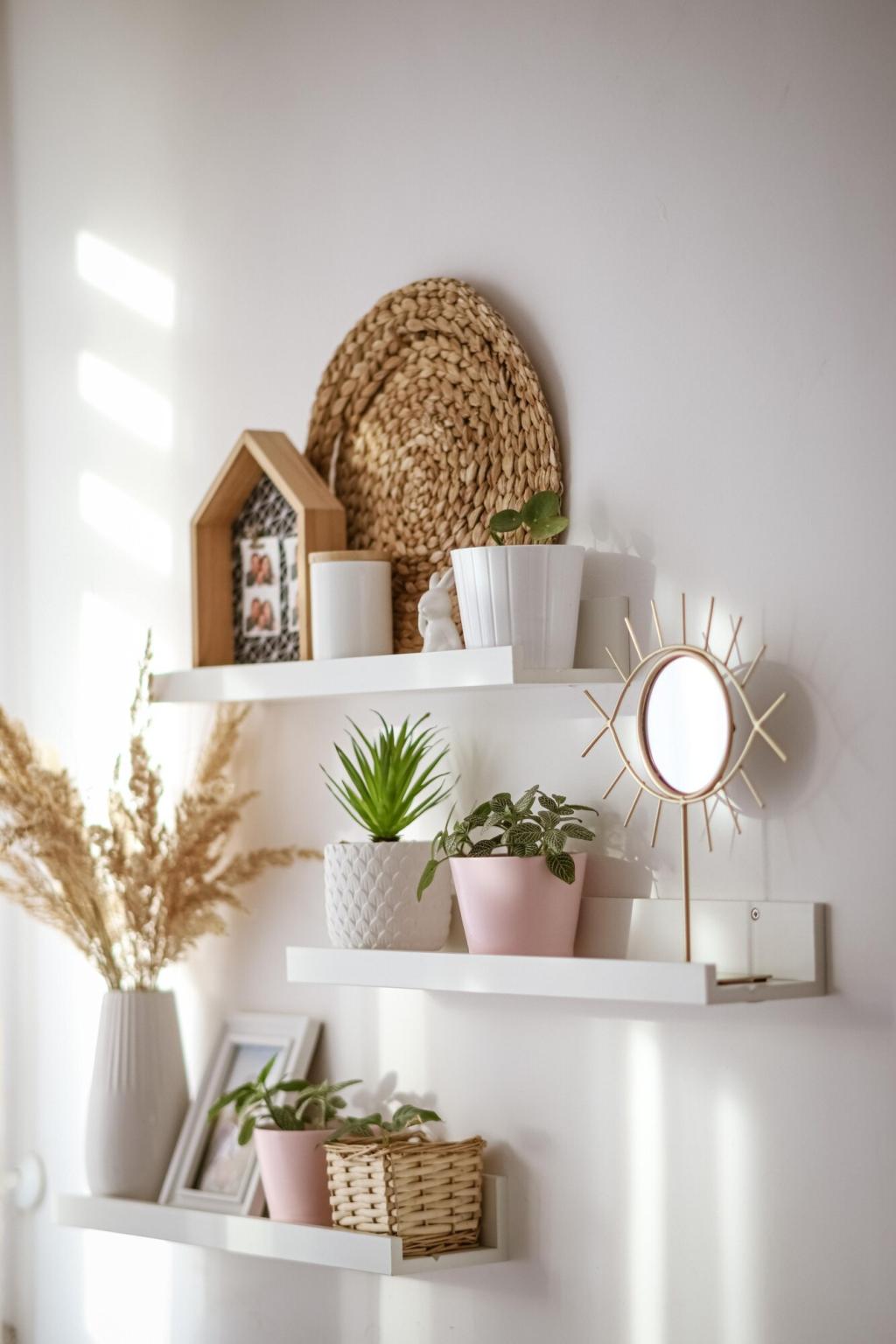
Well-Being Backed by Research
Decades of biophilic design research link indoor greenery to lower stress, better attention, and faster recovery after mental fatigue. Plants modestly dampen VOCs but never replace good ventilation, light, and low-emission materials.
Anecdote: The Sunlit Nook
A reader, Mira, placed a tall ficus between her desk and a west window. It filtered harsh afternoon glare, softened heat, and made her reading corner feel calmer without adding blinds or films.
Biodiversity Indoors, Thoughtfully
Mix species to create resilient micro-ecosystems: a fern for humidity, a snake plant for toughness, and window herbs for pollinators when doors open. Avoid invasive species and always check local guidance.
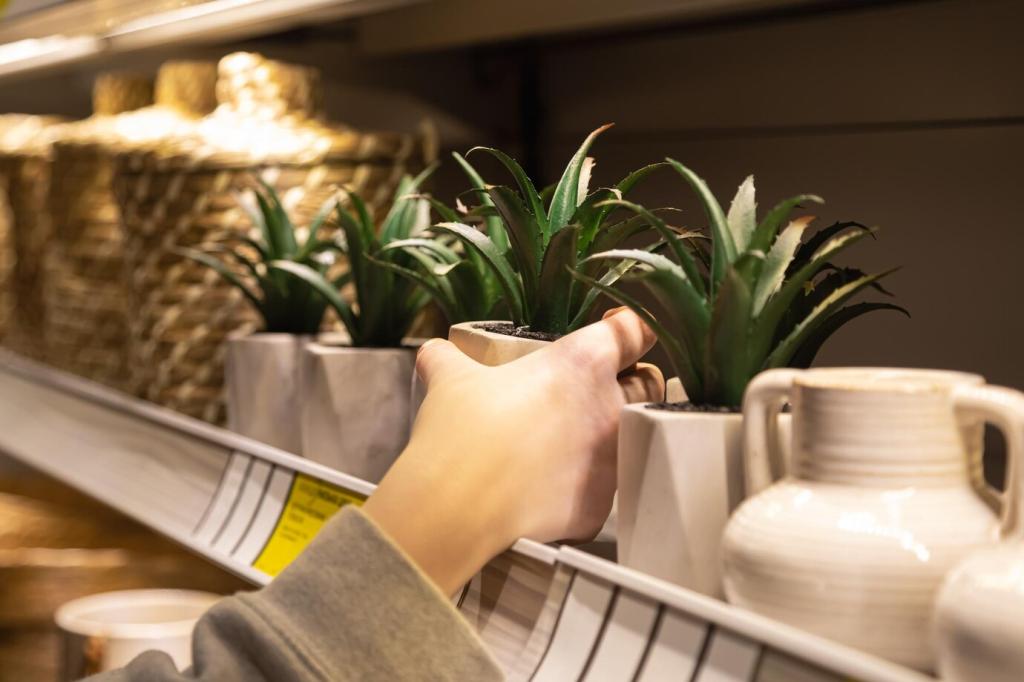
Native and Climate-Aligned Picks
Favor species suited to your home’s light and humidity so care stays simple and resource‑light. Hardy choices like ZZ plant or pothos thrive widely, while native herbs can flourish on bright kitchen sills.
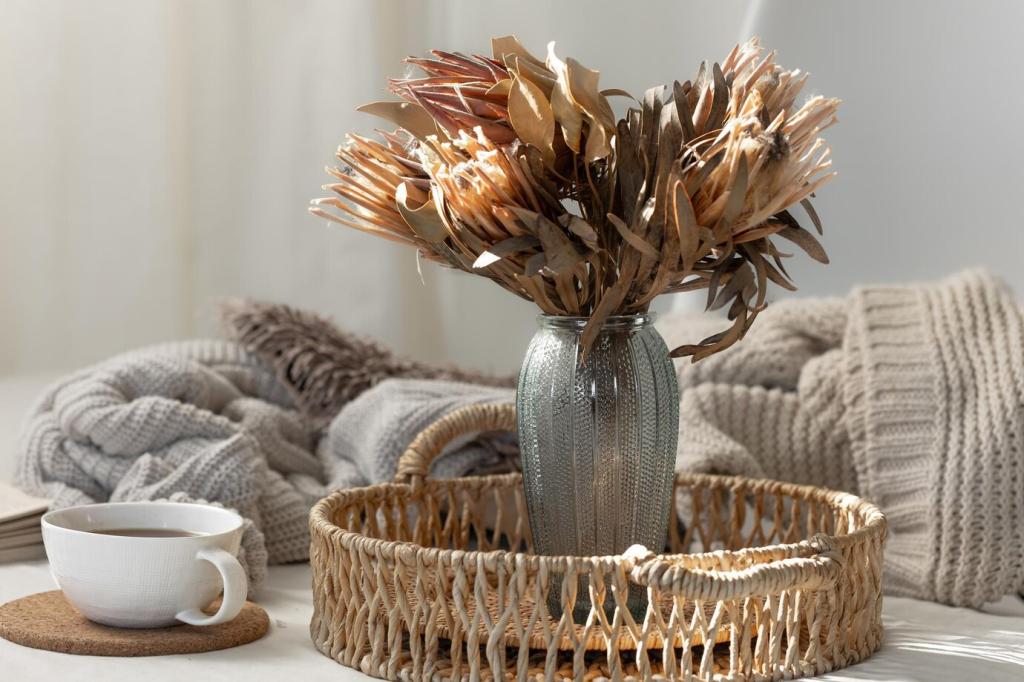
Ethical Sourcing Matters
Choose nursery‑propagated plants, peat‑free substrates, and growers that disclose sourcing. Avoid wild‑collected specimens, especially slow‑growing succulents, and ask retailers about certifications, transport footprints, and growhouse energy practices before you bring anything home.
Water-Wise Care and Circular Systems
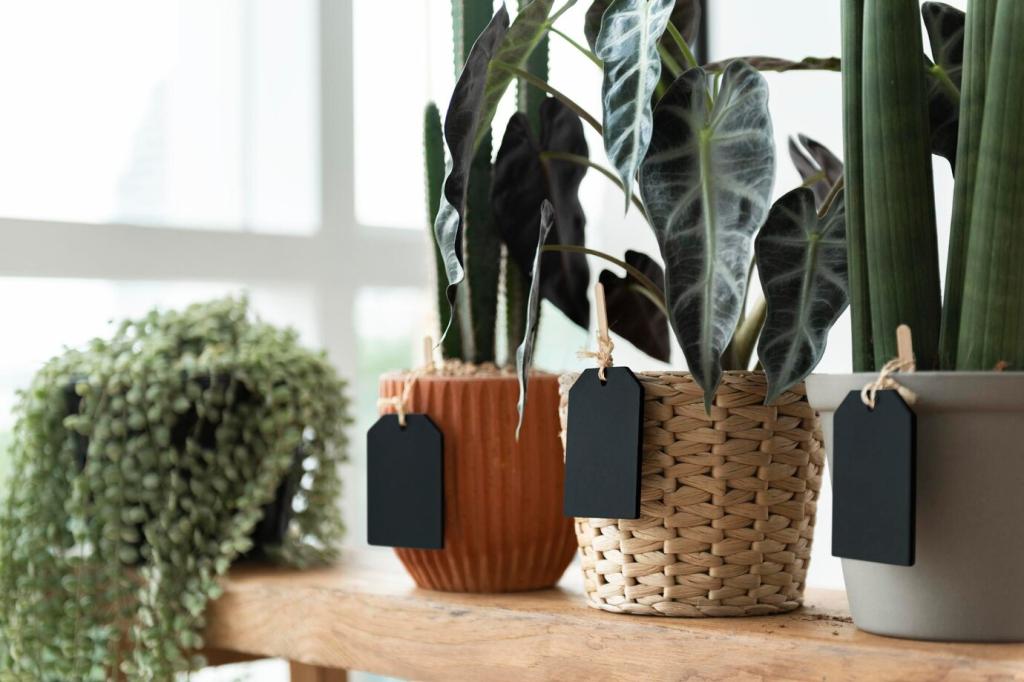
DIY Self-Watering from Reusables
Convert glass jars and fabric wicks into elegant self‑watering planters that stretch watering intervals. Reuse takeout containers as reservoir covers, and label each plant’s needs so family members can confidently help.
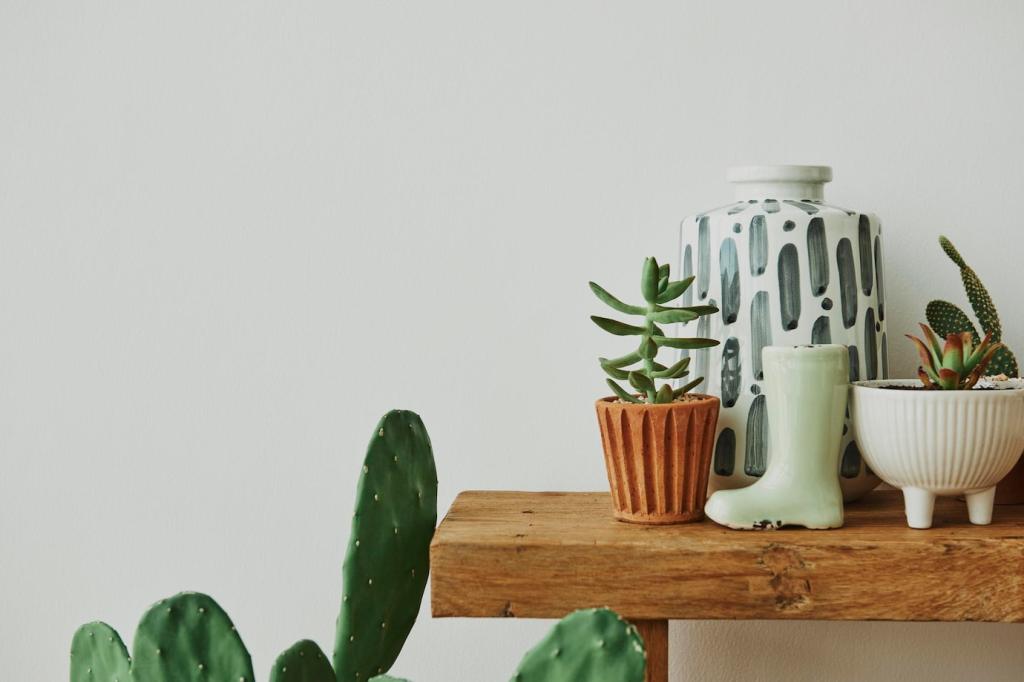
Smart Greywater Caution
Use cooled, unsalted pasta water or dehumidifier condensate sparingly, avoiding anything with soaps or softeners. Test on a single plant first, watch for mineral build‑up, and flush with fresh water periodically.
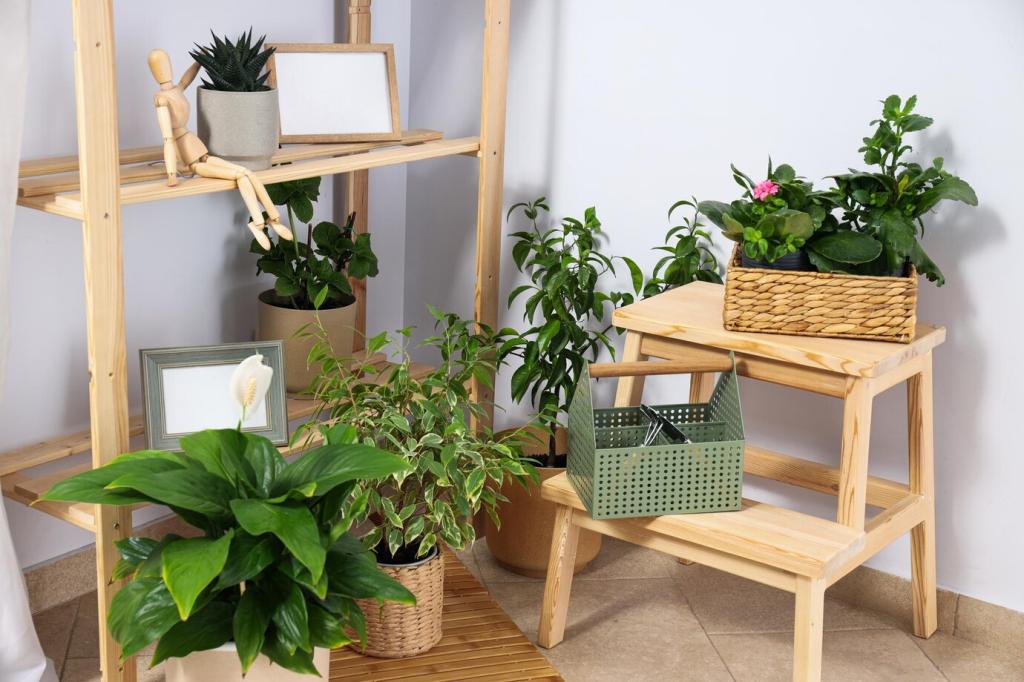
Grouping for Humidity Efficiency
Cluster moisture‑loving plants together with a shared pebble tray to raise localized humidity without misting all day. Keep drought‑tolerant species apart, so no one gets overwatered in a mixed arrangement.
Plants and Home Energy Performance
Shading and Thermal Buffering
Position tall, leafy plants near west and south windows to diffuse heat gain in summer, then move them back in winter to welcome sun. This simple seasonal shuffle supports comfort and reduces cooling loads.
Evapotranspiration Microclimates
Large leaves release moisture, subtly cooling nearby air and skin. Combine a rubber plant, peace lily, and a tray fountain for a tiny microclimate that feels fresher during heat waves without mechanical noise.
Green Walls with Intent
Choose modular, soil‑based green walls with efficient LEDs and simple drip lines over energy‑hungry, mist‑heavy systems. Maintain airflow behind panels, plan safe drainage, and select tough species that tolerate occasional neglect.
A Capsule Plant Collection
Curate fewer, better plants that suit your rooms and schedule. Repeat species for cohesion, choose varied leaf textures for depth, and resist impulse buys that strain your time, budget, and sustainability goals.
Planter Materials with Principles
Prefer terracotta, cork, recycled metal, or FSC‑certified wood over virgin plastics. If plastic is needed, pick recycled and durable, avoid PVC, and repair hairline cracks with food‑safe epoxy to extend life.
Upcycling with Personality
Turn a thrifted ladder into a light‑loving plant shelf, stack salvaged crates into a movable jungle, or line a vintage suitcase with pond liner for herbs. Share your upcycle wins with our community.
Healthy Indoor Ecology
Soil and Pests, Gently Managed
Adopt integrated pest management: inspect weekly, quarantine newcomers, and use sticky traps before sprays. When needed, apply neem or insecticidal soap carefully, and nurture soil life with compost teas or worm castings.
Allergy-Aware Greenery
Choose low‑pollen, low‑fragrance plants like many ferns and palms, and rinse or wipe leaves to reduce dust. Good airflow and HEPA filtration help sensitive family members enjoy greenery without irritation.
Mold Prevention Essentials
Water early, empty saucers, and keep leaves off cold glass to prevent condensation. Swap dense bark mulches for airy coir, and run a small fan nearby after watering to keep surfaces dry and healthy.
Tell us how plants changed your home’s mood or habits. Did a windowsill basil patch inspire cooking from scratch, or did a cactus collection teach patience? Share your story below so others learn.
Community, Stories, and Next Steps
Join our mailing list
